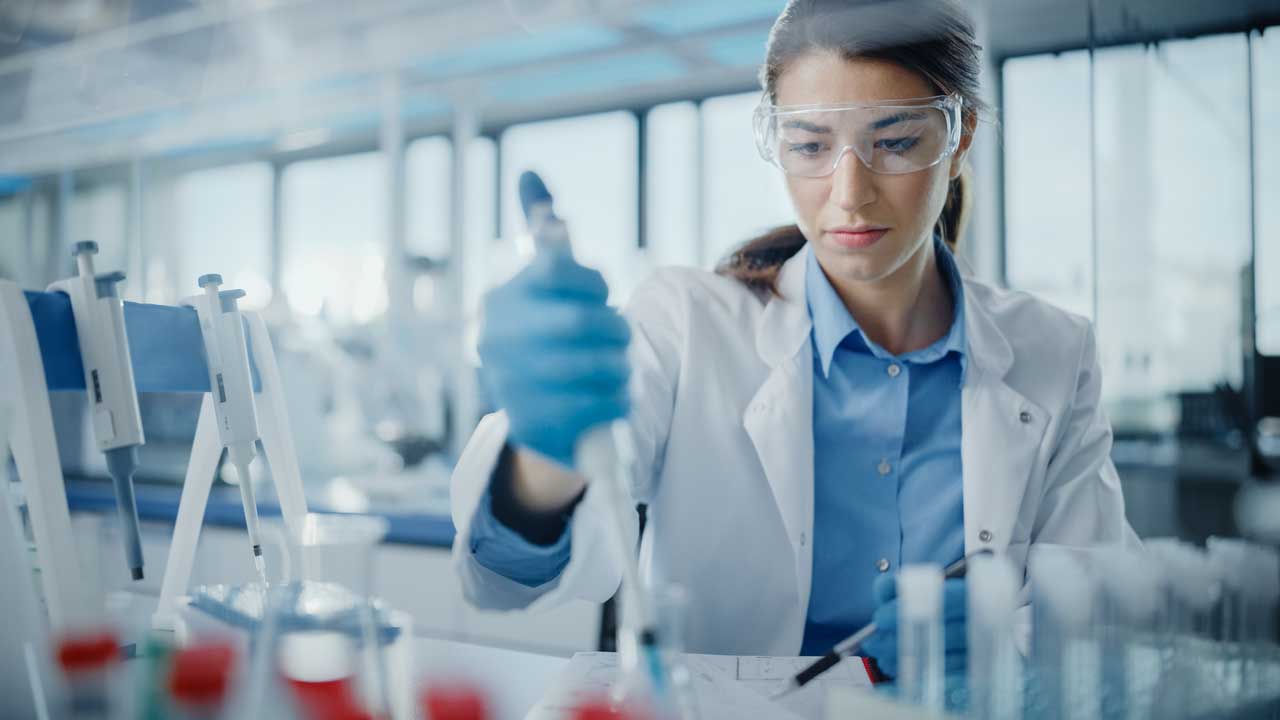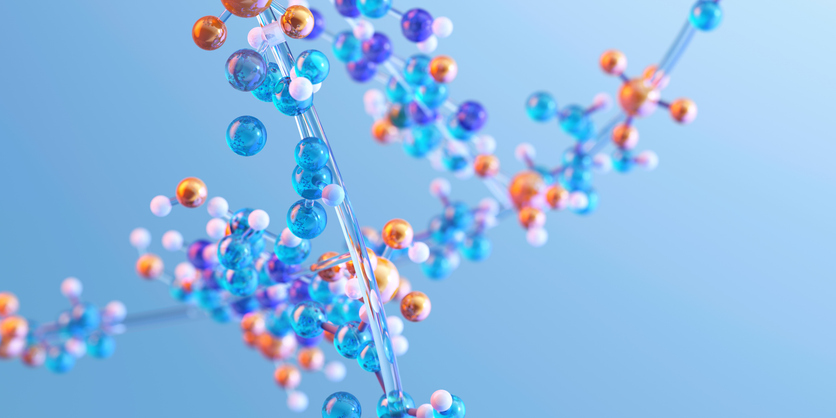
The decision between solid-phase peptide synthesis (SPPS) and liquid-phase peptide synthesis (LPPS) represents one of the most critical choices in peptide manufacturing, directly impacting project success, cost-effectiveness, and the final product quality. Understanding the capabilities and applications of each methodology is essential for pharmaceutical and biotech companies seeking to optimize their peptide development strategies. At Adesis, our team leverages extensive experience in both solid-phase and liquid-phase peptide synthesis to guide clients toward the most effective approach for their specific requirements, ensuring optimal outcomes from laboratory scale through commercial manufacturing.
The choice between SPPS and LPPS involves careful consideration of multiple factors, including peptide length, sequence complexity, scale requirements, and purity specifications. Each methodology offers distinct advantages and limitations that must be evaluated within the context of project goals and constraints. Our process chemistry expertise enables us to provide comprehensive guidance on methodology selection while delivering exceptional results regardless of the chosen approach.
Solid-Phase Peptide Synthesis (SPPS)
Solid-phase peptide synthesis has revolutionized peptide manufacturing since its introduction by Bruce Merrifield in the 1960s, earning him the Nobel Prize in Chemistry. This methodology involves anchoring the growing peptide chain to an insoluble solid support, typically a cross-linked polystyrene resin, while sequentially adding protected amino acids through automated coupling reactions.
The SPPS process begins with attachment of the C-terminal amino acid to the solid support, followed by iterative cycles of deprotection and coupling reactions. Each cycle removes the temporary protecting group from the N-terminus of the growing chain and couples the next amino acid using activating reagents such as HBTU, PyBOP, or DIC/HOBt. This systematic approach enables precise control over sequence assembly and facilitates extensive automation.
The solid support serves multiple functions in SPPS, providing a reaction platform that facilitates easy separation of the growing peptide from excess reagents and byproducts through simple washing steps. This eliminates the need for intermediate purifications and enables the use of large excesses of coupling reagents to drive reactions to completion, resulting in high coupling efficiencies and minimal sequence errors.
SPPS Process and Methodology
The modern SPPS process employs sophisticated protecting group strategies, most commonly the Fmoc (9-fluorenylmethyloxycarbonyl) strategy for temporary N-terminal protection and various side chain protecting groups that are removed during final cleavage. The Fmoc group is removed using mild basic conditions (typically involving piperidine in DMF), while side chain protecting groups are cleaved using stronger acidic conditions during the final deprotection step.
Automated peptide synthesizers have transformed SPPS into a highly reproducible and efficient process. These instruments precisely control reaction times, temperatures, and reagent additions while monitoring reaction progress through conductivity measurements or other analytical techniques. Our automated synthesis capabilities enable high-throughput production of peptide libraries and consistent manufacturing of individual sequences.
Advantages and Limitations of SPPS
Advantages of SPPS:
- High coupling efficiency: Ability to use excess reagents drives coupling reactions to completion
- Simplified purification: Solid support enables easy separation of products from unreacted materials and byproducts through simple washing steps
- Eliminates intermediate purifications: No need for purification between coupling steps, streamlining the overall synthesis process
- Enhanced automation potential: Well-suited for automated synthesis platforms and high-throughput applications
- Reduced handling: Minimizes manual manipulation and potential for contamination during synthesis
Limitations of SPPS:
- Length restrictions: Faces challenges with longer peptides as cumulative deletion sequences become significant
- Difficult couplings: Certain amino acid combinations may require specialized conditions or extended reaction times
- Steric limitations: Solid support can limit reaction accessibility for sterically hindered sequences
- Cleavage compatibility: Final cleavage conditions may not be compatible with all peptide modifications or sensitive functional groups
- Aggregation issues: Hydrophobic peptide sequences may aggregate on the solid support, reducing coupling efficiency
Liquid-Phase Peptide Synthesis (LPPS)
Liquid-phase peptide synthesis represents the classical approach to peptide manufacturing, where all reactions occur in solution and intermediate peptides are isolated and purified at each step or after assembly of larger fragments. LPPS employs convergent synthesis strategies, where shorter peptide fragments are prepared separately and then coupled together to form the final sequence.
The LPPS methodology provides greater flexibility in reaction conditions, allowing for the optimization of each coupling step independently. This approach is particularly valuable for challenging sequences where specific amino acid combinations require specialized coupling conditions or where intermediate purification is beneficial for overall yield and purity.
Fragment condensation in LPPS enables the synthesis of longer peptides by assembling shorter, more manageable segments. This strategy reduces the cumulative effect of side reactions and deletion sequences that can limit SPPS efficiency. Furthermore, LPPS allows for the incorporation of non-standard amino acids and modifications that may not be compatible with solid-phase conditions.
LPPS Process and Applications
Fragment Synthesis and Assembly:
- Flexible fragment preparation: Protected peptide fragments synthesized using either SPPS or solution-phase methods
- Intermediate purification and characterization: Each fragment is purified and fully characterized before proceeding to coupling reactions
- Solution-phase coupling: Fragments coupled together in solution using appropriate activating reagents and optimized conditions
- Convergent strategy benefits: Quality control implemented at each fragment level, ensuring high purity of intermediate materials
Advanced Purification Techniques:
- Preparative HPLC: High-resolution separation for complex peptide mixtures and final product purification
- Crystallization methods: Cost-effective purification approach for suitable peptide sequences
- Extraction techniques: Selective removal of impurities and byproducts using liquid-liquid extraction
- Comprehensive characterization: Our analytical chemistry capabilities support thorough analysis of intermediates and final products throughout the LPPS process
When to Choose LPPS
LPPS is particularly advantageous for longer peptides, complex sequences with challenging couplings, and applications that require the incorporation of non-standard modifications. The method excels in large-scale production, where intermediate purification can improve overall process economics and in situations where solid-phase conditions are incompatible with specific functional groups.
The flexibility of liquid-phase conditions allows for optimization of coupling reactions, use of alternative activating reagents, and incorporation of specialized amino acid derivatives. This makes LPPS ideal for peptides containing modified amino acids, unusual protecting groups, or structural constraints that may not be compatible with standard SPPS protocols.
Comparative Analysis: Choosing the Right Method
The decision between SPPS and LPPS requires careful evaluation of multiple factors, including peptide length, sequence complexity, scale requirements, timeline constraints, and budget considerations. Each methodology offers distinct advantages that must be weighed against project-specific requirements and constraints.
For shorter peptides with standard amino acid compositions, SPPS typically offers advantages in speed, automation potential, and cost-effectiveness. The automated nature of SPPS enables rapid synthesis with minimal manual intervention, making it ideal for library synthesis and high-throughput applications. Our discovery chemistry services leverage automated SPPS for efficient lead optimization and structure-activity relationship studies.
Longer peptides, complex sequences, and large-scale manufacturing applications may benefit from LPPS approaches. The convergent nature of LPPS can overcome yield limitations associated with long SPPS sequences while providing opportunities for intermediate quality control and process optimization.
Technical Considerations
Technical factors influencing methodology selection include amino acid sequence composition, presence of aggregation-prone segments, required modifications, and purity specifications. Sequences containing multiple consecutive hydrophobic amino acids may aggregate on solid support, making LPPS a more suitable approach. Similarly, peptides requiring cyclization or complex modifications may benefit from the flexibility offered by liquid-phase conditions.
The scale of production also influences the selection of methodology. While SPPS offers advantages for small-scale synthesis, LPPS may become more economical at larger scales where improved overall yields and reduced raw material consumption offset intermediate purification costs. Our manufacturing capabilities encompass both methodologies, enabling optimal process selection regardless of scale requirements.
Our process development capabilities extend beyond the selection of simple methodologies to encompass the comprehensive optimization of synthesis conditions, purification strategies, and analytical methods. This holistic approach ensures that each project receives the most appropriate synthesis strategy while maintaining the flexibility to adapt approaches as projects evolve and requirements change.
Partner with Adesis for Expert Peptide Synthesis
The choice between solid-phase and liquid-phase peptide synthesis requires deep technical expertise and a comprehensive understanding of both methodologies’ capabilities and limitations. At Adesis, our team combines this technical knowledge with practical experience across diverse peptide synthesis applications, ensuring optimal methodology selection for each unique project.
Our comprehensive capabilities and expert guidance ensure successful outcomes from concept through commercial manufacturing. Contact our peptide synthesis experts today to uncover how our dual-methodology expertise can accelerate your peptide development goals while ensuring the highest quality standards.


